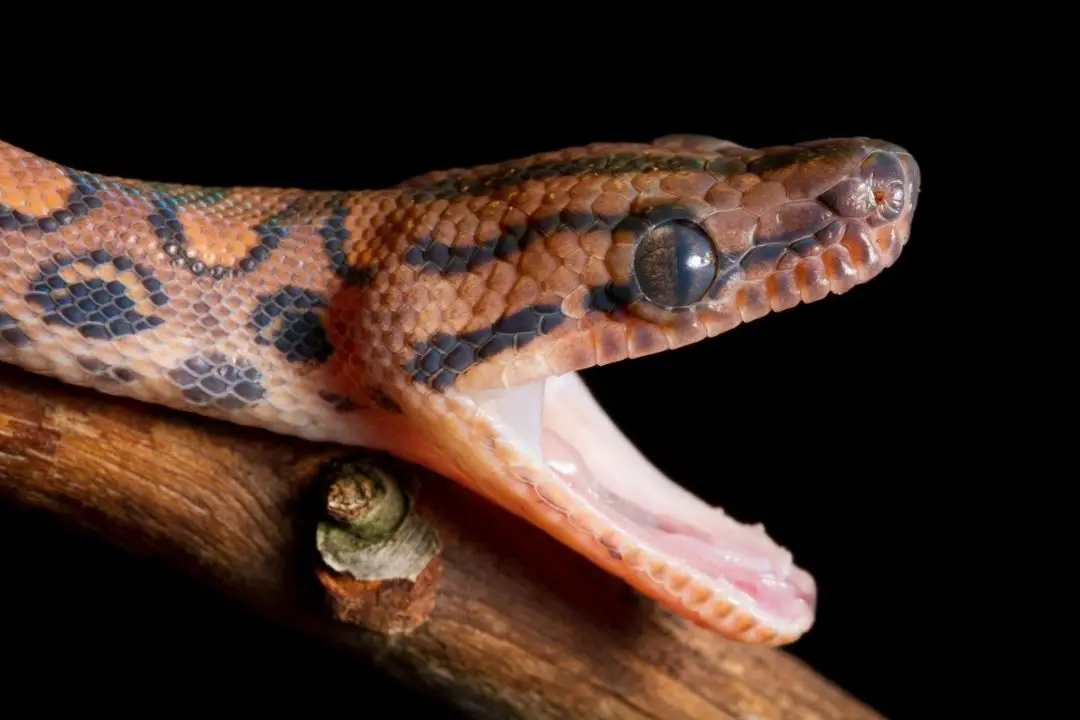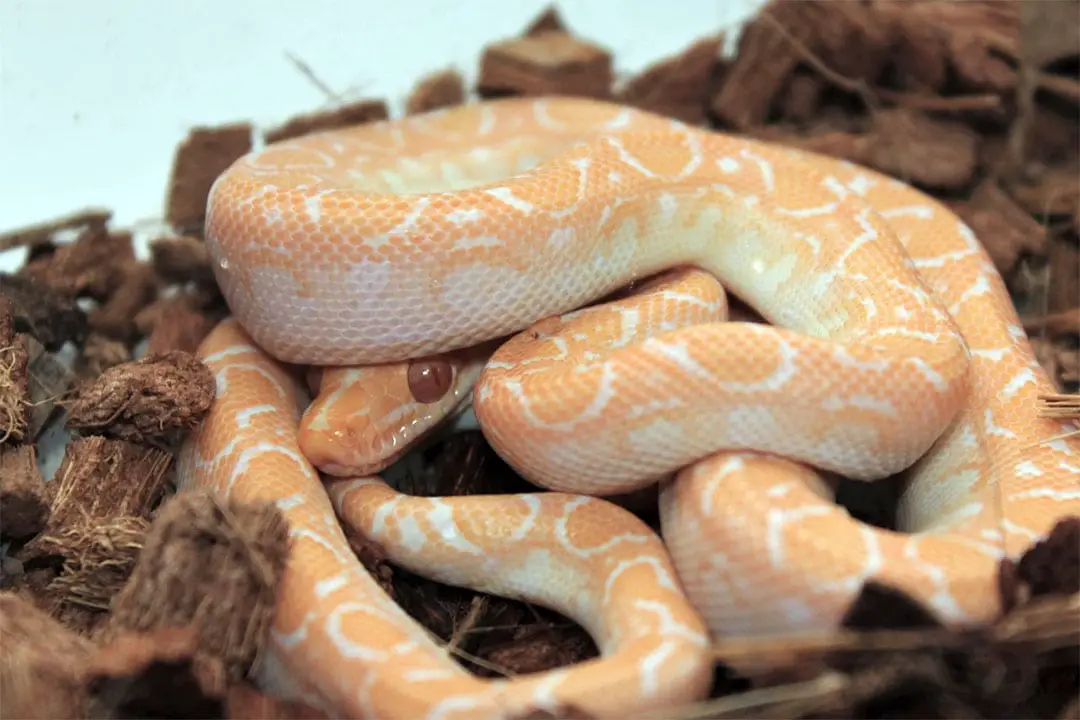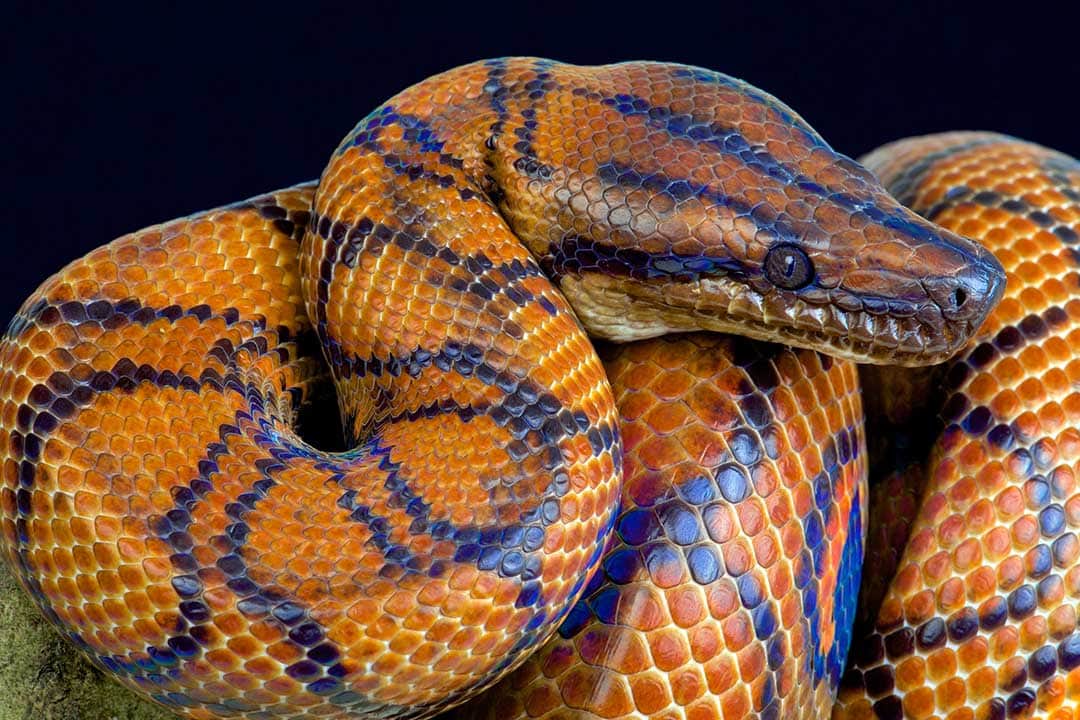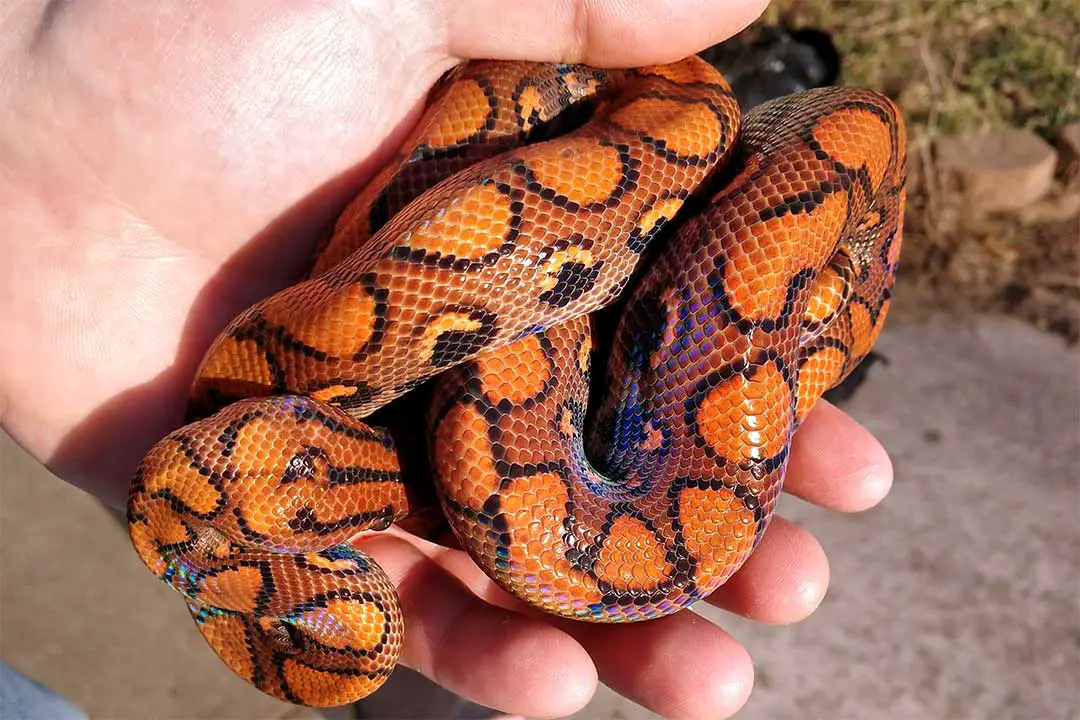The Brazilian rainbow boa (Epicrates cenchria) is well-loved in the pet trade for its beautiful iridescent scales. If you are considering owning one of these snakes, you may be wondering about the typical temperament of the Brazilian rainbow boa?
On average, Brazilian rainbow boas are docile and easy to handle. Babies and juveniles are much more flighty. They are nervous when young and will nip to try to defend themselves.
Baby and Juvenile Behavior
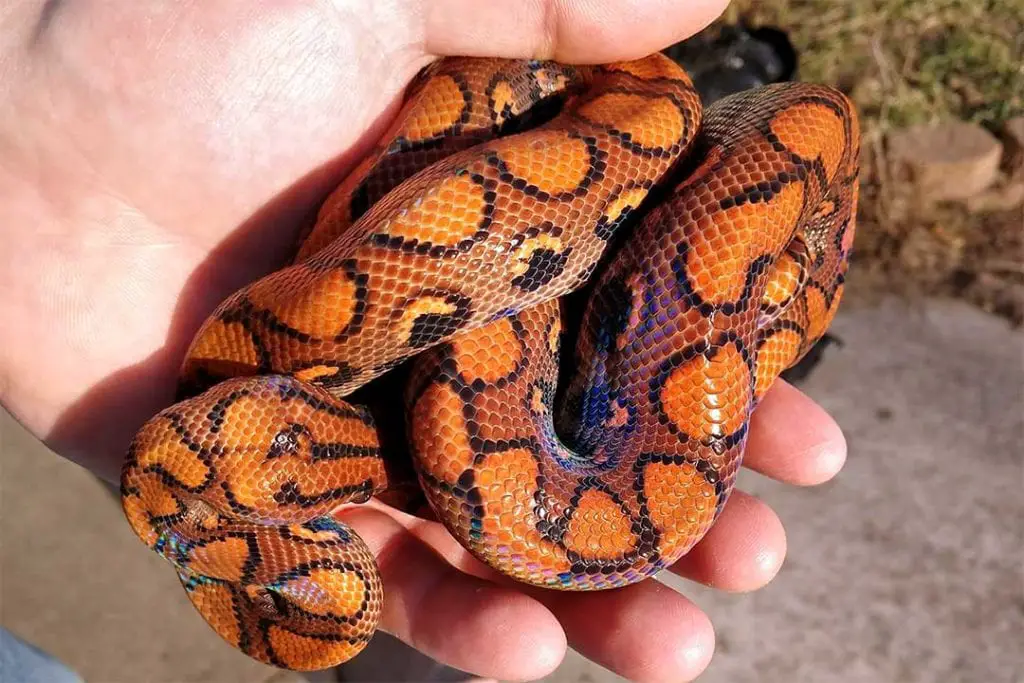
Everything you need to know about caring for Brazilian Rainbow Boas in captivity:
Read our Brazilian Rainbow Boa Care Sheet (Complete Guide)
Baby Brazilian rainbow boas are incredibly shy and defensive. In the wild, these snakes are vulnerable to predators. Most babies will not make it to adulthood thanks to predation.
Being defensive and nippy is essential for these snakes to survive. Your rainbow boa will be very likely to try to bite you during handling.
This behavior will slowly cease as the animal becomes less fearful with age. Even if you don’t handle your snake, it will be calmer with time. Handling will help speed up their tolerance of humans. You need to teach your snake that humans will not harm it. The best way to do this is to handle it for short periods of time a few times a week.
Adult Behavior
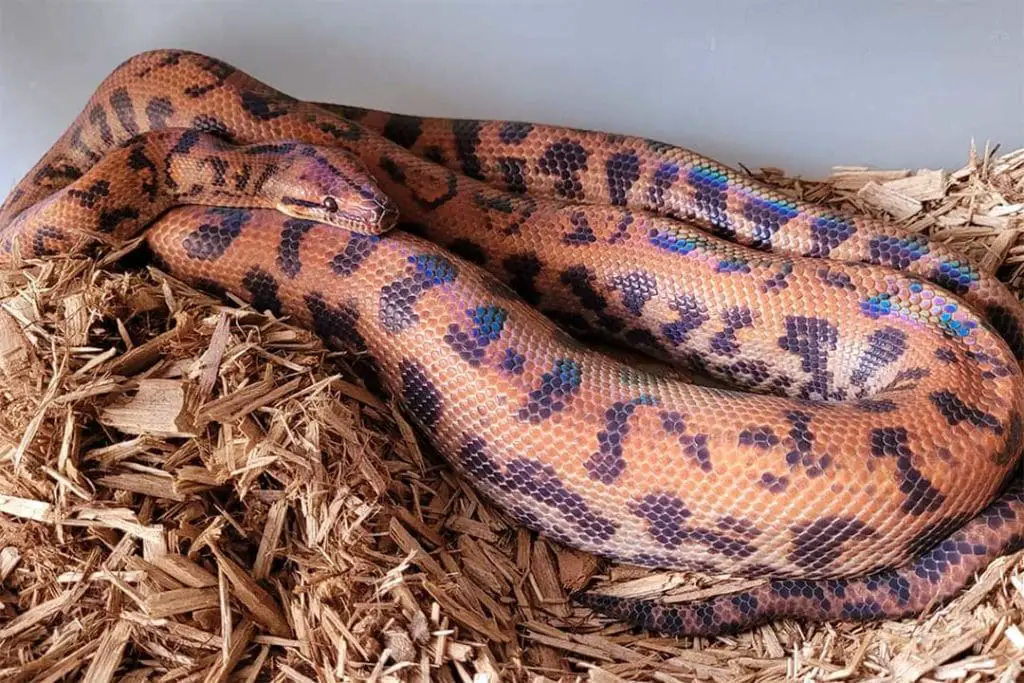
Adult rainbow boas have lost most of their flighty behavior. Even a newly acquired adult will be much calmer than a newly acquired baby.
They are typically docile and take to handling well. A new snake may show defensive behavior, but it should cease quickly with gentle handling.
Wild-caught adults and animals that have never been handled will be more resistant. Know the history of your snake so you know how to approach them.
The biggest risk from your snake will be a mistaken feeding bit. Watch your snake when you open the enclosure so you know it is not planning to strike.
A hungry snake may mistake your warm hand for a meal. This is particularly true if you have been handling prey recently. This doesn’t need to be something you intend to feed your snake.
If you have a pet rodent, this can trigger a feeding response if the snake smells it on your hand. Always clean your hands before you try to handle your snake.
Safe Handling
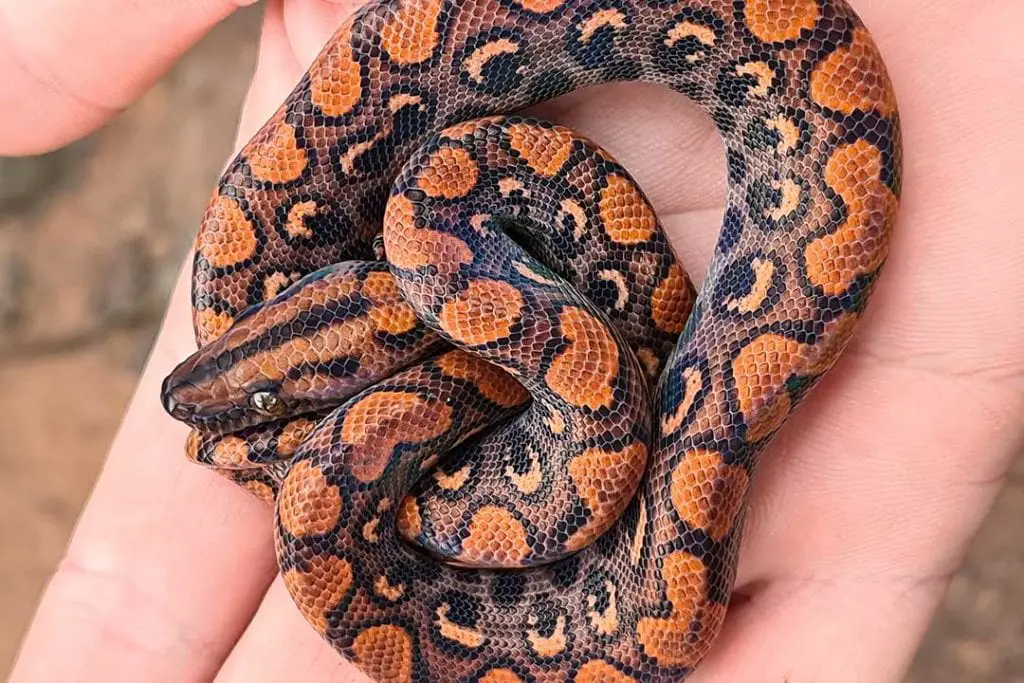
Handling snakes safely is important for both you and the snake. Never pick up a sleeping snake. If you startle your snake awake, it may lash out in surprise.
Look to see if your snake is awake by seeing if the snake is moving or flicking its tongue out. This means your snake is awake and you can interact with it. You should also consider hook training your snake.
To hook train, touch the snake with a hook before you intend to handle the snake or move the snake to clean the enclosure. This teaches it that you will not be feeding the snake.
Zoo Med Collapsible Snake Hook
- Adjustable from 7-1/4 to 26″ (18cm to 66cm)
- Allows you to manipulate your snake safely, or quickly inspect cage furnishings
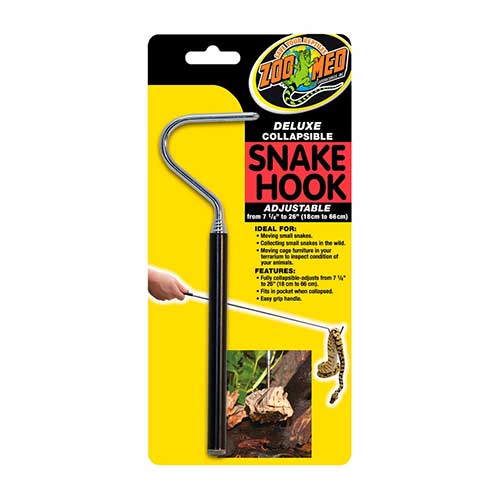
Many Brazilian rainbow boas are more defensive in their enclosure. Using a snake hook to remove your snake can help make it less likely to bite.
Always support your snake fully if you are holding it. If your snake does bite you, stay calm and do not pull away or drop the snake.
You should keep the snake out since if you put it away, the snake will learn to bite you when it wants to be returned. You should watch your snake for huffing, hissing, or other signs of displeasure.
Your snake will warn you before a bite. Respect your snake’s wishes and do not handle it for very long.
Most snakes prefer shorter handling sessions. Stick with just 5 minutes to start. You can extend them if your snake is comfortable with it.
Try to stick with 2 or 3 handling sessions a week at most since more can stress your snake. Never handle a snake that is shedding or has eaten in the past 2 days.
If you notice your snake is very irritable, it may be stressed or sick. Give it some space for a week and watch for signs of illness like lethargy and loss of appetite.
How to Tame an Aggressive Rainbow Boa
Brazilian rainbow boas are typically not aggressive. An aggressive snake would strike the moment it saw you, but this is a rare behavior.
Most “aggressive” snakes are just scared and defensive.
This may be because humans have frequently ignored signals from the snake to back off like hissing or false strikes. The snake has learned that the only way to be left alone is to bite.
Your snake may also be unused to humans entirely. If your snake is extremely defensive, there are a few steps to calm your snake.
First, get your snake used to your scent by placing a lightly worn article of clothing in the enclosure. This can be a shirt or sock you wore for a few hours.
Leave this in and replace it every few days. Try to give your snake space during this time. Then, go into the enclosure only for things like spot cleaning, moving decorations, and replacing water.
This will help your snake learn that you reaching in won’t hurt it. Then, you can move to try to handle the snake. This may take time, so be patient and go at your snake’s pace.
Conclusion
Brazilian rainbow boas are defensive when young, but they are docile as adults. They make great pets, and you don’t need to settle for this species as display animals only.
If you have any questions or comments, please leave them below.
